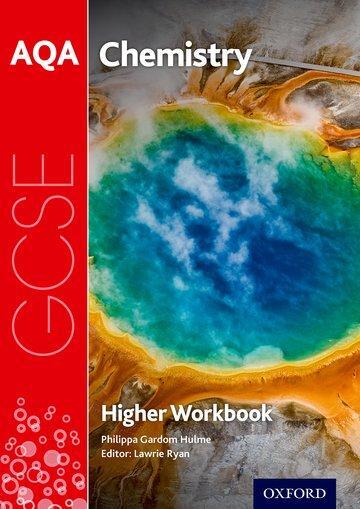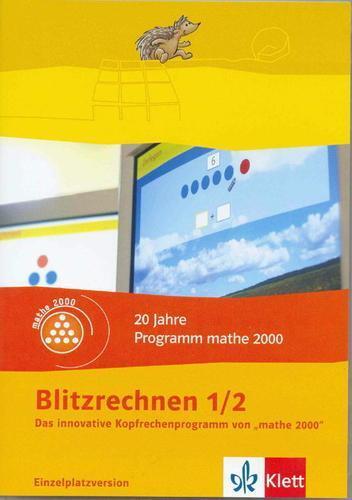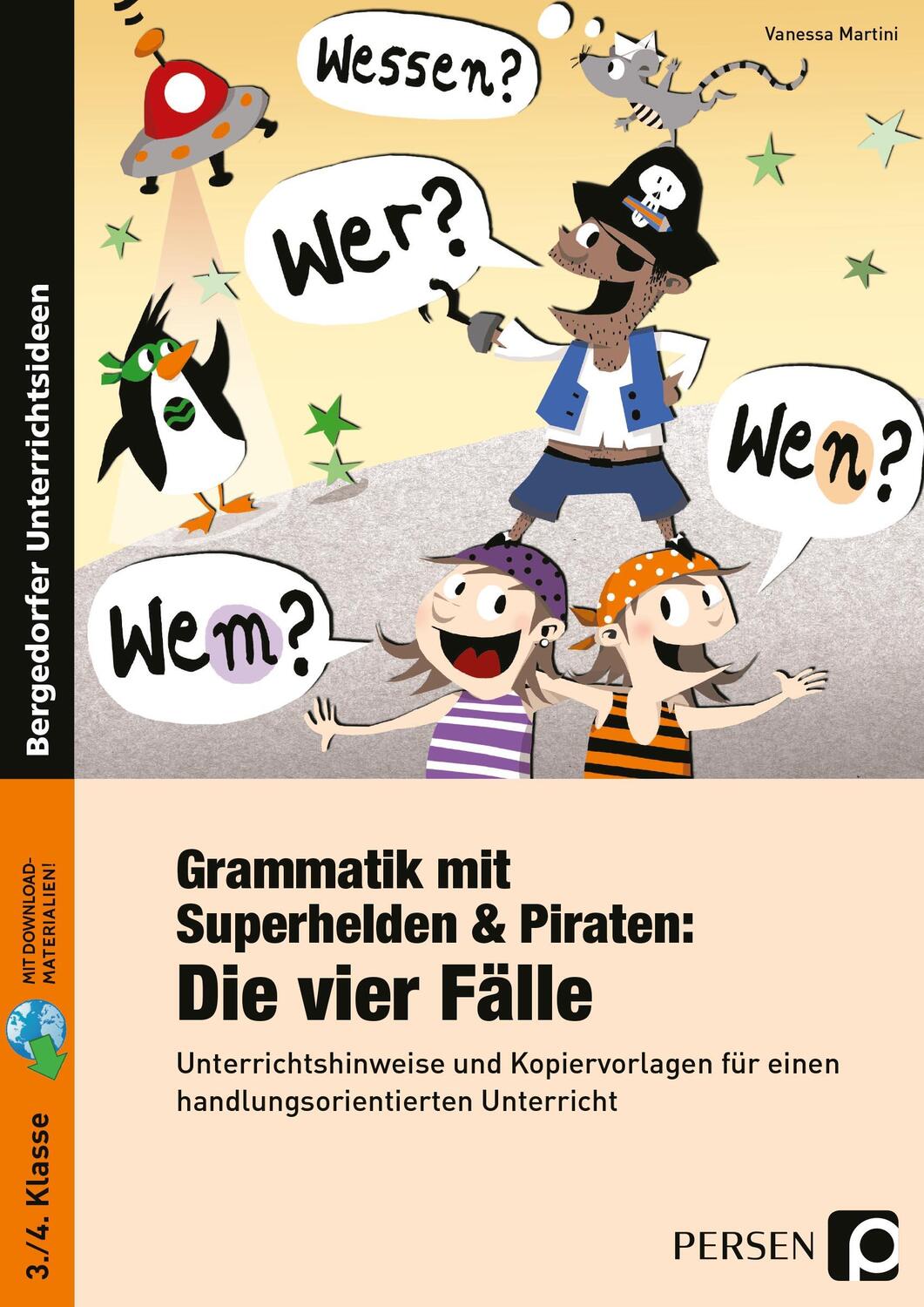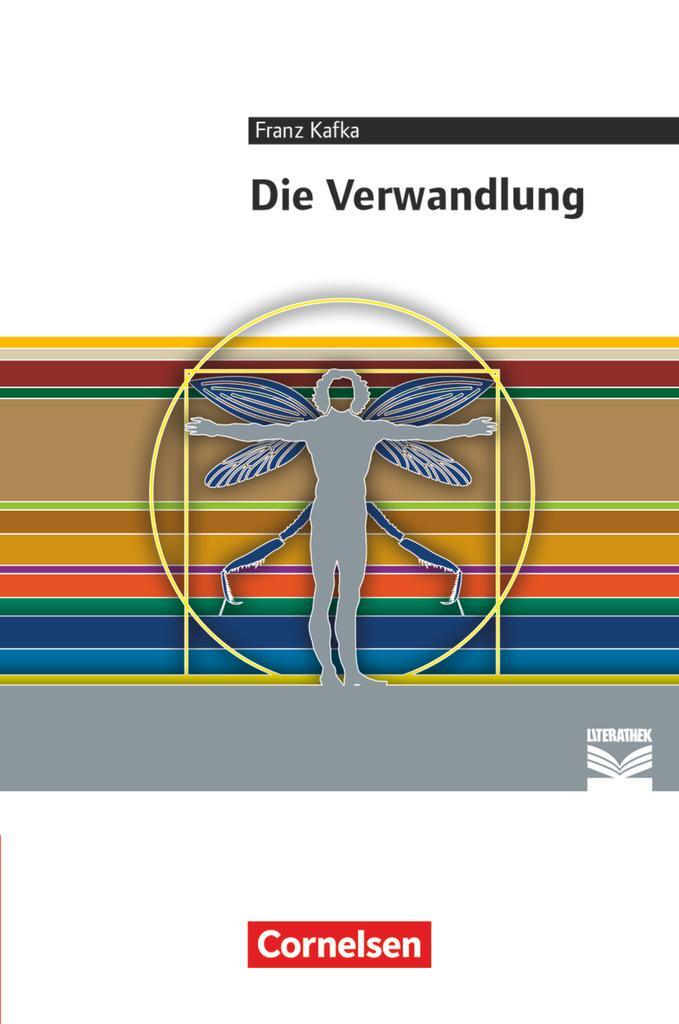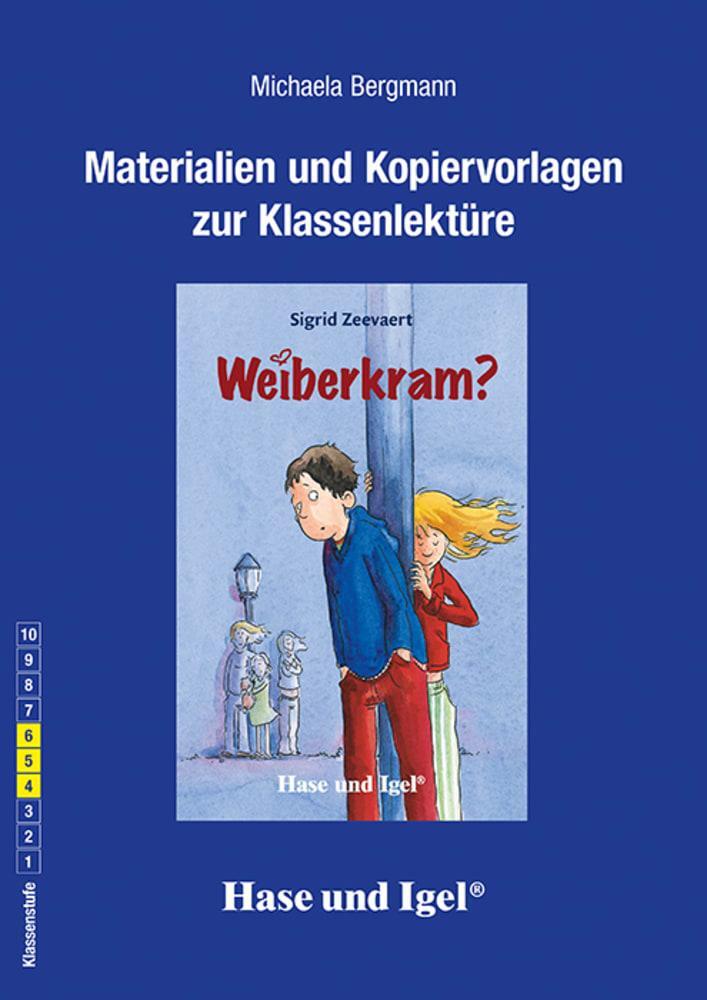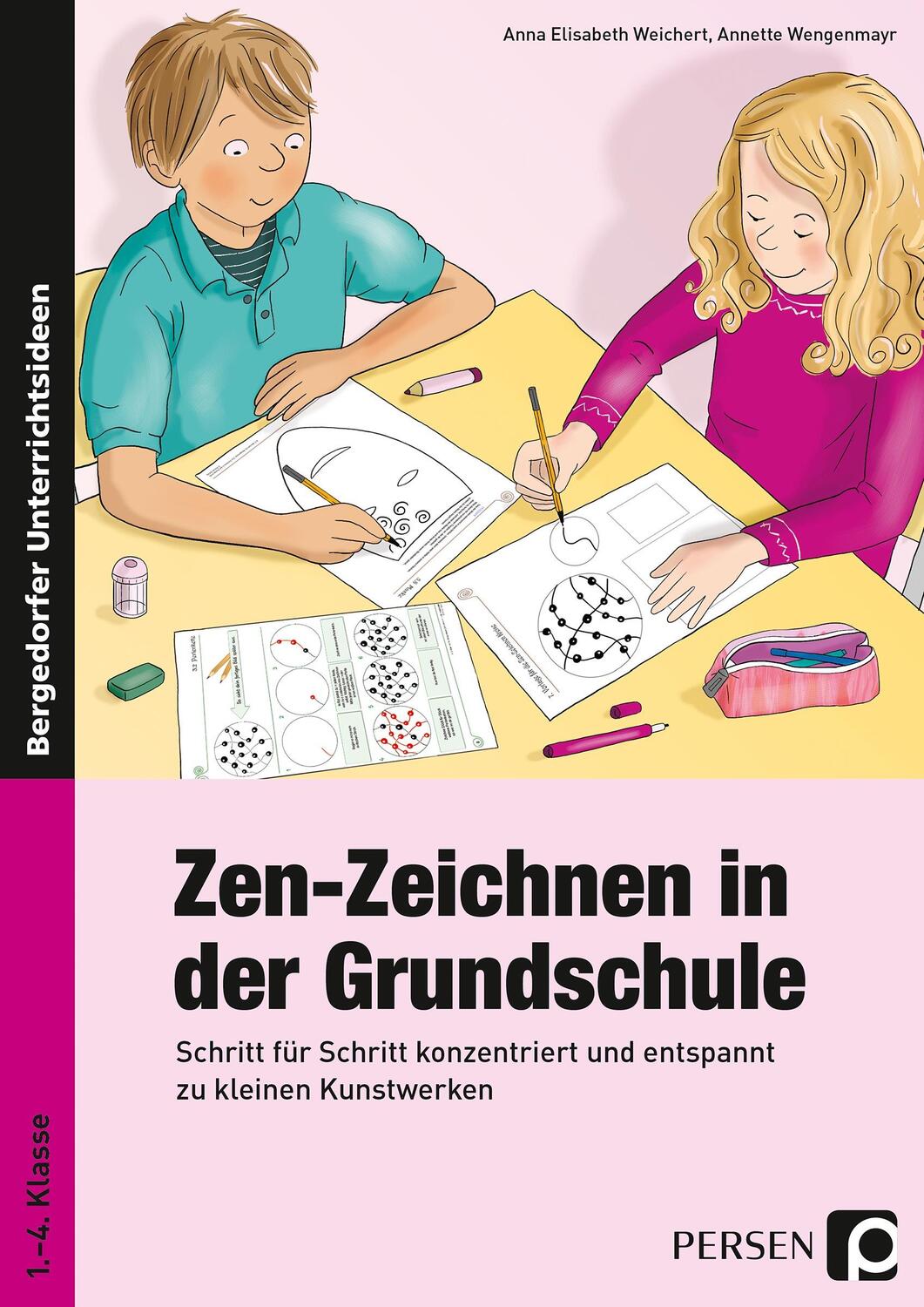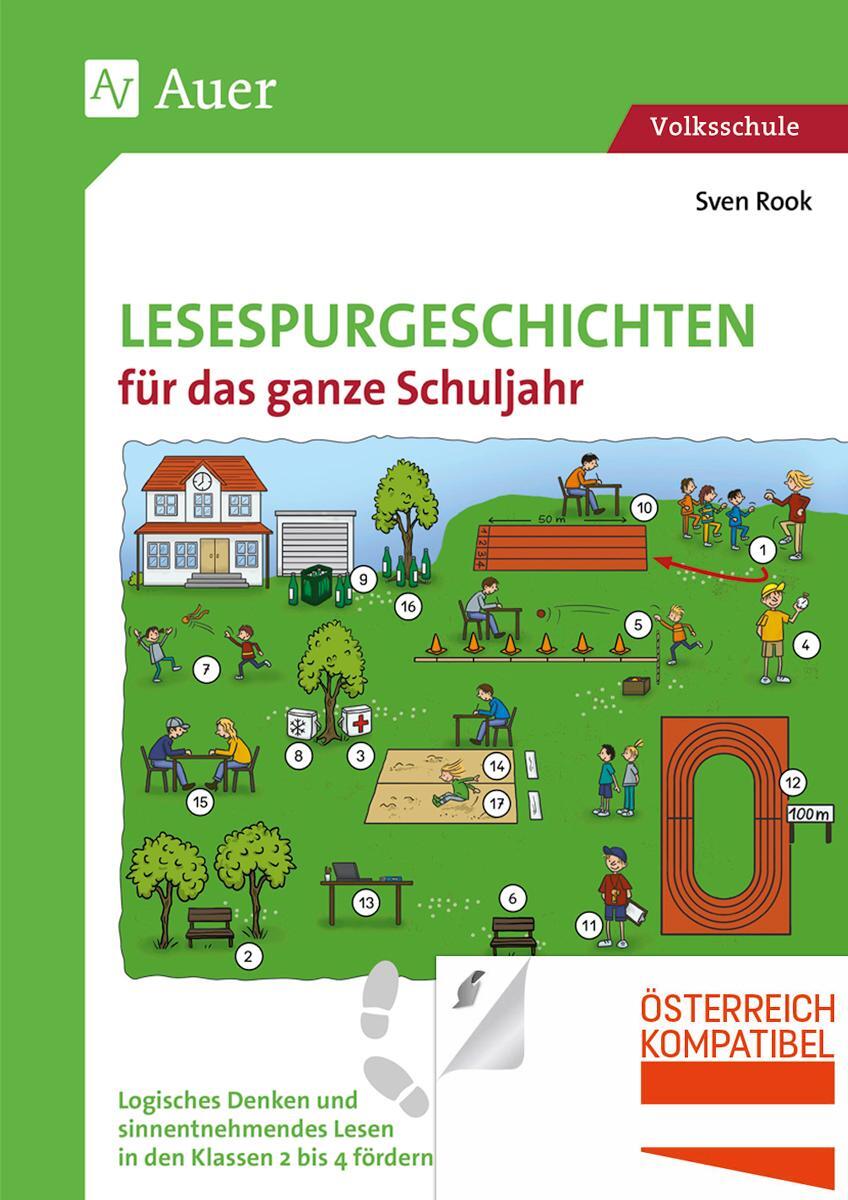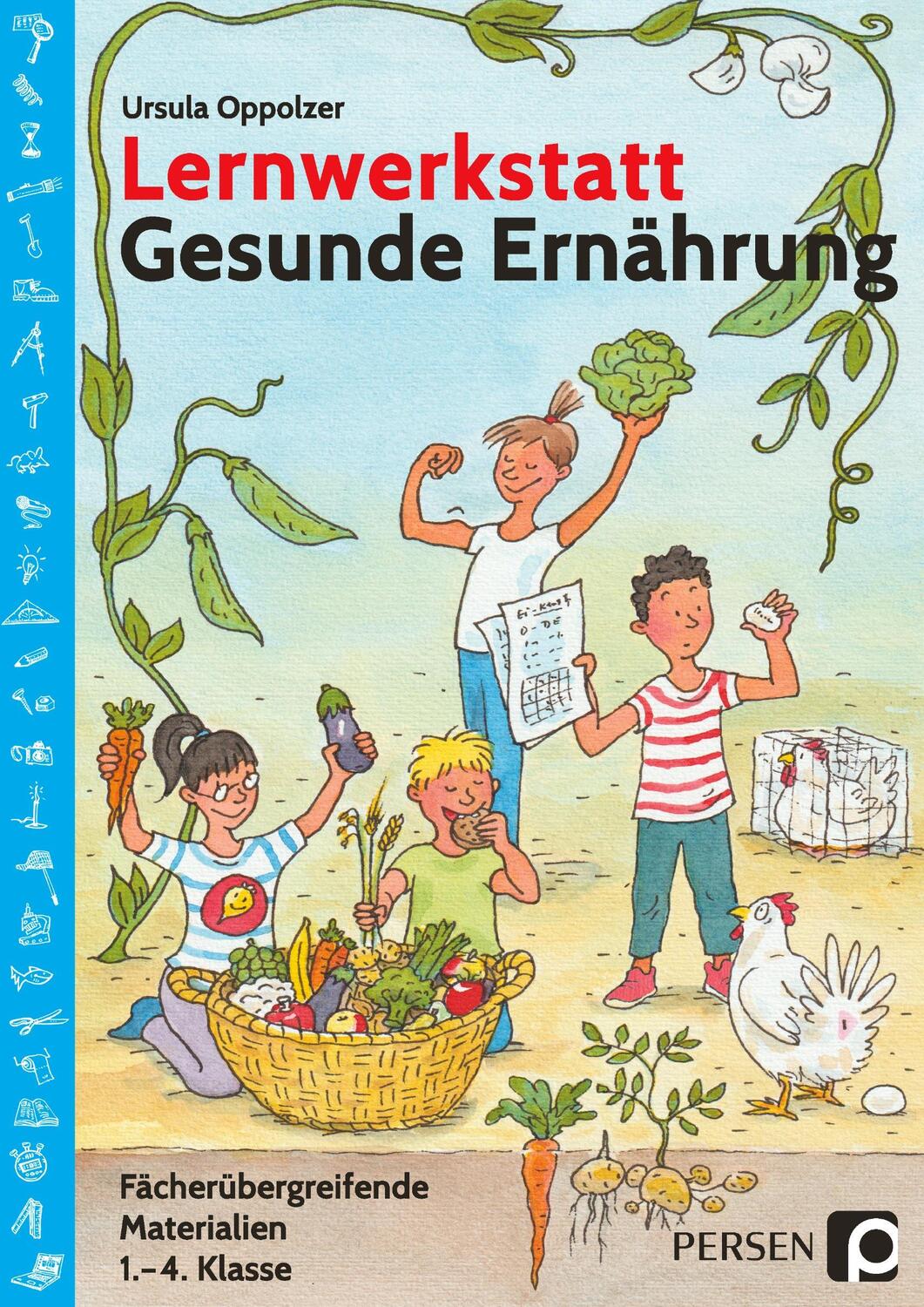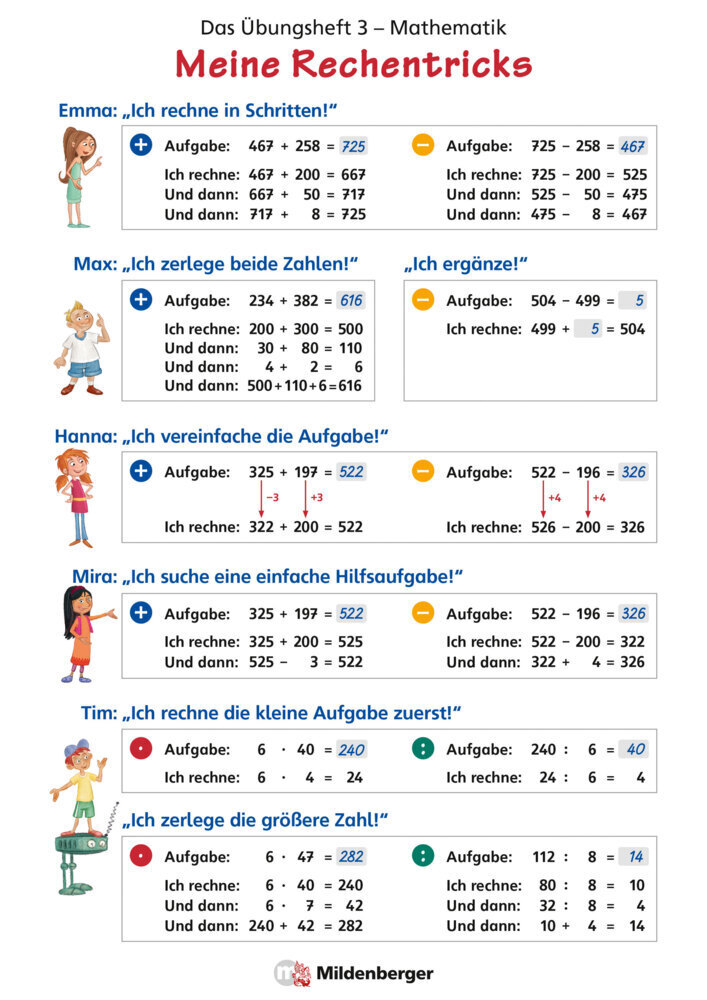Dekorationsartikel gehören nicht zum Leistungsumfang.
Sprache:
Englisch
15,75 €*
Versandkostenfrei per Post / DHL
Lieferzeit 1-2 Wochen
Kategorien:
Beschreibung
The UK's bestselling GCSE Science series is specifically tailored for the current AQA GCSE Sciences (9-1) specifications.UK schools save 40% off the RRP! Discount will be automatically applied when you order on your school account.
The UK's bestselling GCSE Science series is specifically tailored for the current AQA GCSE Sciences (9-1) specifications.UK schools save 40% off the RRP! Discount will be automatically applied when you order on your school account.
Zusammenfassung
Consolidation and revision support in one AQA GCSE Chemistry workbook
Inhaltsverzeichnis
- Chapter C1 Atomic structure
- C1.1: Atoms
- C1.2: Chemical equations
- C1.3: Separating mixtures
- C1.4: Fractional distillation and paper chromatography
- C1.5: History of the atoms
- C1.6: Structure of the atoms
- C1.7: Ions, atoms, and isotopes
- C1.8: Electronic structures
- Chapter C2 The periodic table
- C2.1: Development of the periodic table
- C2.2: Electronic structures and the periodic table
- C2.3: Group 1 - the alkali metals
- C2.4: Group 7 - the halogens
- C2.5: Explaining trends
- C2.6: The transition elements
- Chapter C3 Structure and bonding
- C3.1: States of matter
- C3.2: Atoms into ions
- C3.3: Ionic bonding
- C3.4: Giant ionic structures
- C3.5: Covalent bonding
- C3.6: Structure of simple molecules
- C3.7: Giant covalent structures
- C3.8: Fullerenes and graphenes
- C3.9: Bonding in metals
- C3.10: Giant metallic structures
- C3.11: Nanoparticles
- C3.12: Applications of nanoparticles
- Chapter C4 Chemical calculations
- C4.1: Relative masses and moles
- C4.2: Equations and calculations
- C4.3: From masses to balanced equations
- C4.4: The yield of a chemical reactions
- C4.5: Atom economy
- C4.6: Expressing concentrations
- C4.7: Titrations
- C4.8: Titration calculations
- C4.9: Volumes of gases
- Chapter C5 Chemical changes
- C5.1: The reactivity series
- C5.2: Displacement reactions
- C5.3: Extracting metals
- C5.4: Salts from metals
- C5.5: Salts from insoluble bases
- C5.6: Making more salts
- C5.7: Neutralisation and the pH scale
- C5.8: Strong and weak acids
- Chapter C6 Electrolysis
- C6.1: Introduction to electrolysis
- C6.2: Changes at the electrodes
- C6.3: The extraction of aluminium
- C6.4: Electrolysis of aqueous solutions
- Chapter C7 Energy changes
- C7.1: Exothermic and endothermic reactions
- C7.2: Using energy transfers from reactions
- C7.3: Reaction profiles
- C7.4: Bond energy calculations
- C7.5: Chemical cells and batteries
- C7.6: Fuel cells
- Chapter C8 Rates and equilibrium
- C8.1: Rate of reaction
- C8.2: Collision theory and surface area
- C8.3: The effect of temperature
- C8.4: The effect of concentration and pressure
- C8.5: The effect of catalysts
- C8.6: Reversible reactions
- C8.7: Energy and reversible reactions
- C8.8: Dynamic equilibrium
- C8.9: Altering conditions
- Chapter C9 Crude oil and fuels
- C9.1: Hydrocarbons
- C9.2: Fractional distillation of oil
- C9.3: Burning hydrocarbon fuels
- C9.4: Cracking hydrocarbons
- Chapter C10 Chemical analysis
- C10.1: Reactions of alkenes
- C10.2: Structures of alcohols, carboxylic acids, and esters
- C10.3: Reactions and uses of alcohols
- C10.4: Carboxylic acids and esters
- Chapter C11 Polymers
- C11.1: Addition polymerisation
- C11.2: Condensation polymerisation
- C11.3: Natural polymers
- C11.4: DNA
- Chapter C12 Chemical analysis
- C12.1: Pure substances and mixtures
- C12.2: Analysing chromatograms
- C12.3: Testing for gases
- C12.4: Tests for positive ions
- C12.5: Tests for negative ions
- C12.6: Instrumental analysis
- Chapter C13 The Earth's atmosphere
- C13.1: History of our atmosphere
- C13.2: Our evolving atmosphere
- C13.3: Greenhouse gases
- C13.4: Global climate change
- C13.5: Atomspheric pollutants
- Chapter C14 The Earth's resources
- C14.1: Finite and renewable resources
- C14.2: Water saafe to drink
- C14.3: Treating waste water
- C14.4: Extracting metals from ores
- C14.5: Life Cycle Assessments
- C14.6: Reduce, reuse, and recycle
- Chapter C15 Using our resources
- C15.1: Rusting
- C15.2: Useful alloys
- C15.3: The properties of polymers
- C15.4: Glass, ceramics, and composites
- C15.5: Making ammonia - the Haber process
- C15.6: The economics of the Haber process
- C15.7: Making fertilisers in the lab
- C15.8: Making fertilisers in industry
Details
| Erscheinungsjahr: | 2017 |
|---|---|
| Produktart: | Schulbücher |
| Rubrik: | Schule & Lernen |
| Medium: | Taschenbuch |
| Seiten: | 152 |
| Inhalt: | Kartoniert / Broschiert |
| ISBN-13: | 9780198421689 |
| ISBN-10: | 0198421680 |
| Sprache: | Englisch |
| Einband: | Kartoniert / Broschiert |
| Autor: | Gardom-Hulme, Philippa |
| Hersteller: | Oxford University Press |
| Maße: | 296 x 212 x 12 mm |
| Von/Mit: | Philippa Gardom-Hulme |
| Erscheinungsdatum: | 07.09.2017 |
| Gewicht: | 0,398 kg |
Zusammenfassung
Consolidation and revision support in one AQA GCSE Chemistry workbook
Inhaltsverzeichnis
- Chapter C1 Atomic structure
- C1.1: Atoms
- C1.2: Chemical equations
- C1.3: Separating mixtures
- C1.4: Fractional distillation and paper chromatography
- C1.5: History of the atoms
- C1.6: Structure of the atoms
- C1.7: Ions, atoms, and isotopes
- C1.8: Electronic structures
- Chapter C2 The periodic table
- C2.1: Development of the periodic table
- C2.2: Electronic structures and the periodic table
- C2.3: Group 1 - the alkali metals
- C2.4: Group 7 - the halogens
- C2.5: Explaining trends
- C2.6: The transition elements
- Chapter C3 Structure and bonding
- C3.1: States of matter
- C3.2: Atoms into ions
- C3.3: Ionic bonding
- C3.4: Giant ionic structures
- C3.5: Covalent bonding
- C3.6: Structure of simple molecules
- C3.7: Giant covalent structures
- C3.8: Fullerenes and graphenes
- C3.9: Bonding in metals
- C3.10: Giant metallic structures
- C3.11: Nanoparticles
- C3.12: Applications of nanoparticles
- Chapter C4 Chemical calculations
- C4.1: Relative masses and moles
- C4.2: Equations and calculations
- C4.3: From masses to balanced equations
- C4.4: The yield of a chemical reactions
- C4.5: Atom economy
- C4.6: Expressing concentrations
- C4.7: Titrations
- C4.8: Titration calculations
- C4.9: Volumes of gases
- Chapter C5 Chemical changes
- C5.1: The reactivity series
- C5.2: Displacement reactions
- C5.3: Extracting metals
- C5.4: Salts from metals
- C5.5: Salts from insoluble bases
- C5.6: Making more salts
- C5.7: Neutralisation and the pH scale
- C5.8: Strong and weak acids
- Chapter C6 Electrolysis
- C6.1: Introduction to electrolysis
- C6.2: Changes at the electrodes
- C6.3: The extraction of aluminium
- C6.4: Electrolysis of aqueous solutions
- Chapter C7 Energy changes
- C7.1: Exothermic and endothermic reactions
- C7.2: Using energy transfers from reactions
- C7.3: Reaction profiles
- C7.4: Bond energy calculations
- C7.5: Chemical cells and batteries
- C7.6: Fuel cells
- Chapter C8 Rates and equilibrium
- C8.1: Rate of reaction
- C8.2: Collision theory and surface area
- C8.3: The effect of temperature
- C8.4: The effect of concentration and pressure
- C8.5: The effect of catalysts
- C8.6: Reversible reactions
- C8.7: Energy and reversible reactions
- C8.8: Dynamic equilibrium
- C8.9: Altering conditions
- Chapter C9 Crude oil and fuels
- C9.1: Hydrocarbons
- C9.2: Fractional distillation of oil
- C9.3: Burning hydrocarbon fuels
- C9.4: Cracking hydrocarbons
- Chapter C10 Chemical analysis
- C10.1: Reactions of alkenes
- C10.2: Structures of alcohols, carboxylic acids, and esters
- C10.3: Reactions and uses of alcohols
- C10.4: Carboxylic acids and esters
- Chapter C11 Polymers
- C11.1: Addition polymerisation
- C11.2: Condensation polymerisation
- C11.3: Natural polymers
- C11.4: DNA
- Chapter C12 Chemical analysis
- C12.1: Pure substances and mixtures
- C12.2: Analysing chromatograms
- C12.3: Testing for gases
- C12.4: Tests for positive ions
- C12.5: Tests for negative ions
- C12.6: Instrumental analysis
- Chapter C13 The Earth's atmosphere
- C13.1: History of our atmosphere
- C13.2: Our evolving atmosphere
- C13.3: Greenhouse gases
- C13.4: Global climate change
- C13.5: Atomspheric pollutants
- Chapter C14 The Earth's resources
- C14.1: Finite and renewable resources
- C14.2: Water saafe to drink
- C14.3: Treating waste water
- C14.4: Extracting metals from ores
- C14.5: Life Cycle Assessments
- C14.6: Reduce, reuse, and recycle
- Chapter C15 Using our resources
- C15.1: Rusting
- C15.2: Useful alloys
- C15.3: The properties of polymers
- C15.4: Glass, ceramics, and composites
- C15.5: Making ammonia - the Haber process
- C15.6: The economics of the Haber process
- C15.7: Making fertilisers in the lab
- C15.8: Making fertilisers in industry
Details
| Erscheinungsjahr: | 2017 |
|---|---|
| Produktart: | Schulbücher |
| Rubrik: | Schule & Lernen |
| Medium: | Taschenbuch |
| Seiten: | 152 |
| Inhalt: | Kartoniert / Broschiert |
| ISBN-13: | 9780198421689 |
| ISBN-10: | 0198421680 |
| Sprache: | Englisch |
| Einband: | Kartoniert / Broschiert |
| Autor: | Gardom-Hulme, Philippa |
| Hersteller: | Oxford University Press |
| Maße: | 296 x 212 x 12 mm |
| Von/Mit: | Philippa Gardom-Hulme |
| Erscheinungsdatum: | 07.09.2017 |
| Gewicht: | 0,398 kg |
Warnhinweis

